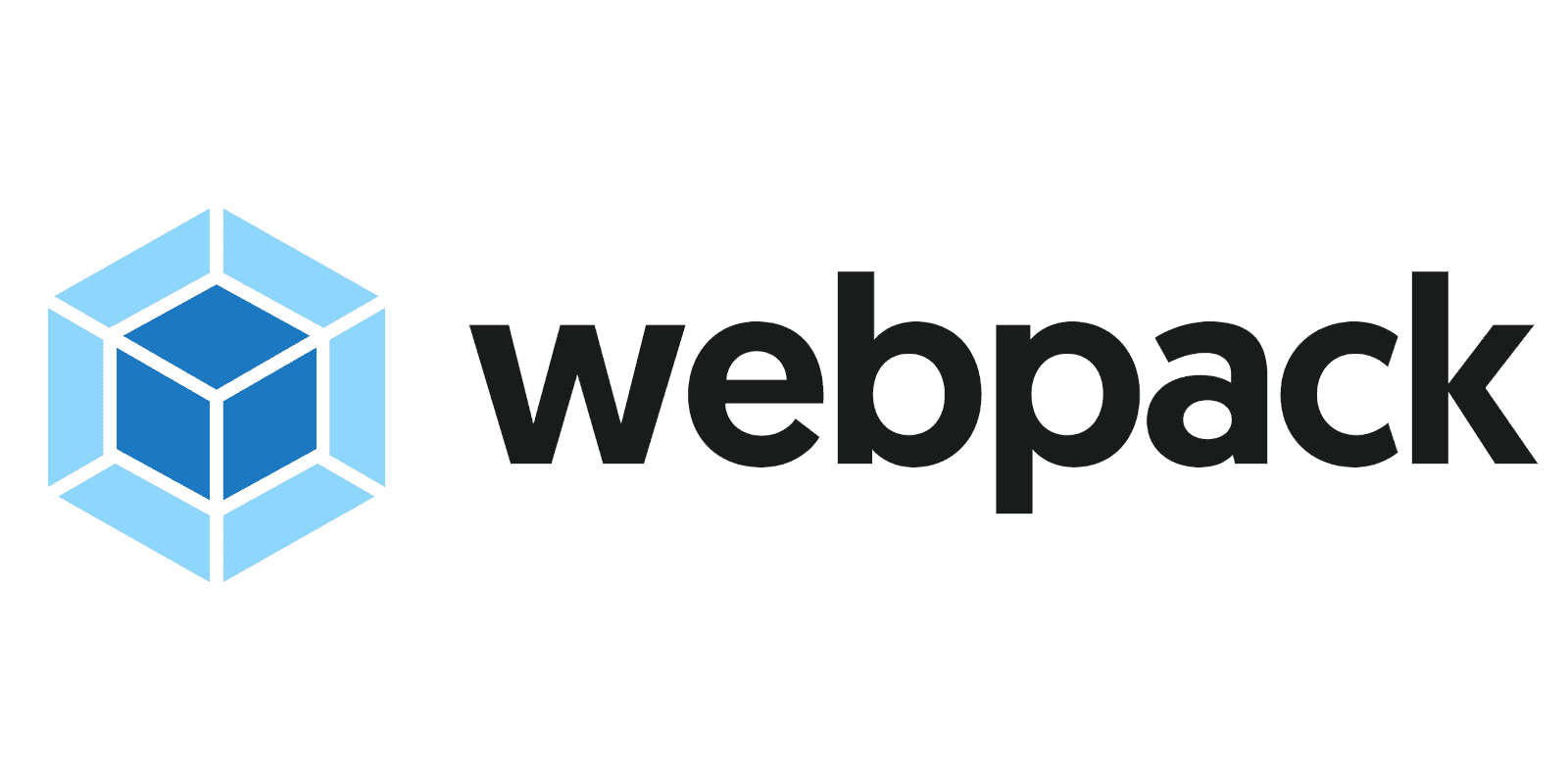
How to create a Webpack configuration
Most projects require a complex setup, use a configuration to handle this.
Posted
Updated
This article is based on Node v18.13.0 and webpack v5.8.2
Starting with Version 4, webpack doesn't require any configuration. Although, most projects require a complex setup, and in that case a configuration file is much more efficient than typing all the commands manually in the terminal.
💰 The Pragmatic Programmer: journey to mastery. 💰 One of the best books in software development, sold over 200,000 times.
If you are unfamiliar with Webpack or want to refresh your knowledge, have a look at the webpack series:
- Get started with Webpack
- How to create a configuration in Webpack (this article)
- more to come
Webpack Configuration Essentials
The configuration in webpack consists of multiple parts, see webpack docs. This article focuses on:
- Language
- Entry and Context
- Output
- Mode
- Plugins
- Cache
Configuration Languages
Webpack accepts configuration files written in multiple programming and data languages. It can handle different types of configuration files through the node-interpret package. A complete list of supported file extensions can be found in the node-interpret package.
In most scenarios, you will write a TypeScript or Babel/JSX configuration.
Typescript
To write the webpack configuration in TypeScript, you would first install the necessary dependencies, and the relevant type definitions.
npm install --save-dev typescript ts-node @types/node @types/webpackAnd in your webpack.config.ts:
import path from 'path';
import webpack from 'webpack';
// in case you run into any typescript error when configuring `devServer`
import 'webpack-dev-server';
const config: webpack.Configuration = {
mode: 'production',
entry: './foo.js',
output: {
path: path.resolve(__dirname, 'dist'),
filename: 'foo.bundle.js',
},
};
export default config;Please check your tsconfig.json to include:
{
"compilerOptions": {
"allowSyntheticDefaultImports": true,
"esModuleInterop": true
}
}Additionally, you have to check your tsconfig.json file,
if the module in compilerOptions in tsconfig.json is commonjs,
This is needed, because ts-node does not support any module syntax other than commonjs.
Babel/JSX
In most cases, TypeScript or JavaScript will be used to write a configuration file for webpack. In some cases, also JSX (React JavaScript Markup) and Babel are used, to create a JSON configuration that webpack can understand.
First install your dependencies:
npm install --save-dev babel-register jsxobj babel-preset-es2015Add a .babelrc file:
{
"presets": ["es2015"]
}Create a webpack.babel.config.js:
import jsxobj from 'jsxobj';
// example of an imported plugin
const CustomPlugin = (config) => ({
...config,
name: 'custom-plugin',
});
export default (
<webpack target="web" watch mode="production">
<entry path="src/index.js" />
<resolve>
<alias
{...{
react: 'preact-compat',
'react-dom': 'preact-compat',
}}
/>
</resolve>
<plugins>
<CustomPlugin foo="bar" />
</plugins>
</webpack>
);Create a configuration for Webpack
In a nutshell, webpack is a static module bundler for modern JavaScript applications, and out of the box, you do not have to create a configuration file for webpack to work properly. For webpack to work, some assumptions are made.
Webpack will assume the following to work:
- The entry point of your project is
src/index.jsand, - the output will be put in
dist/main.jsminified and optimized for production.
Let's start by creating an empty project and initialize webpack:
mkdir webpack-config
cd webpack-config
npm init -y
npm install --save-dev webpack webpack-cliCreate a file index.js, in src/index.js.
mkdir src
touch index.jsAdd loadsh as a dependency and copy the following code into index.js:
npm i lodashimport _ from 'lodash';
function component() {
const element = document.createElement('div');
element.innerHTML = _.join(['Hello', 'webpack'], ' ');
return element;
}
document.body.appendChild(component());Now we have a basic project, with lodash as a dependency.
Let's create a webpack config for it:
touch webpack.config.jsAnd copy the following code into the config:
const path = require('path');
module.exports = {
entry: {
main: path.resolve(__dirname, './src/index.js'),
},
output: {
path: path.resolve(__dirname, './dist'),
filename: '[name].bundle.js',
},
};TL;DR
Thanks for reading and if you have any questions, use the comment function or send me a message @mariokandut.
If you want to know more about Node, have a look at these Node Tutorials.
References (and Big thanks):
Webpack, StackShare, NodeJS, NPM, Smashing Magazine, Tania Rascia
Newsletter Signup
Never miss an article.